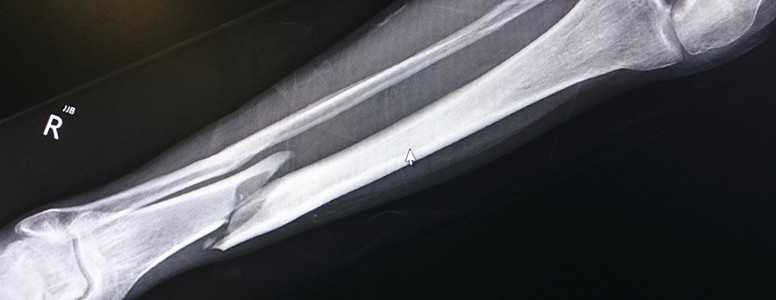A new study uses a newly-created “virtual bone biopsy” to help explain why people with type 2 diabetes are more likely to fracture bones.
The study, conducted at the Medical Research Council Lifecourse Epidemiology Unit, University of Southampto, employed high resolution peripheral quantitative computed tomography (HRpQCT) to examine the bone structure of living patients.
The technique revealed that people with type 2 diabetes tended to have structural defects in their bones. This could lead to weaker bone structure, and therefore a higher risk of fracture, particularly in older men and women with type 2 diabetes.
The study involved over 300 participants, with slightly more men than women. The average age of the participants was 76.
“This is a very interesting discovery using a very novel technique,” said Dr. Mark Edwards, clinical lecturer at the University of Southampton and lead researcher in the study. “We’ve known for some time that people with type 2 diabetes are at risk of fracture but have not been able to fully explain why.
“This new imaging technique has been able to identify that the cortical component of bone – the outer rim of the bone – tends to exhibit greater porosity in those with type 2 diabetes compared to those without. We can now see where there is a specific deficit within the bone, which may help clinicians to develop appropriate therapies to prevent future fractures.”
Professor Cyrus Cooper, Director of the Medical Research Council Lifecourse Epidemiology Unit, University of Southampto, added: “This study highlights an important link between diabetes and osteoporosis, and identifies a selective deficit in skeletal development, which leads to excess fracture risk in this increasingly frequent disorder. It also demonstrates that environmental influences during critical periods of early development might lead to several common non-communicable disorders in Western populations.”
The findings are published in Calcified Tissue International.
What's new on the forum? ⭐️
Get our free newsletters
Stay up to date with the latest news, research and breakthroughs.


